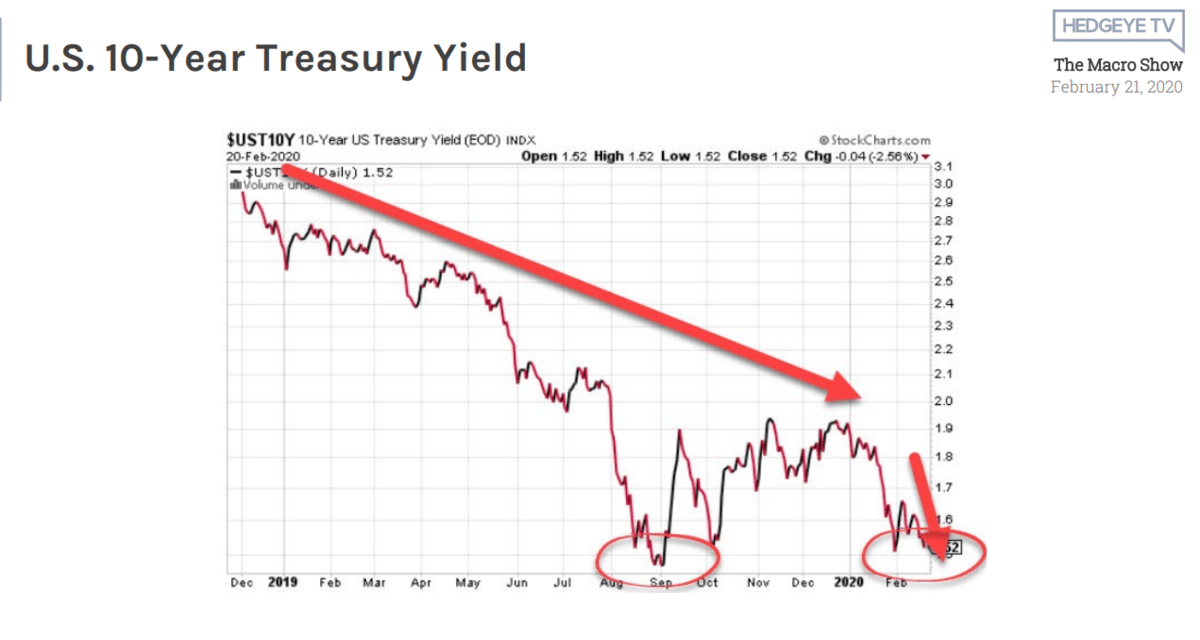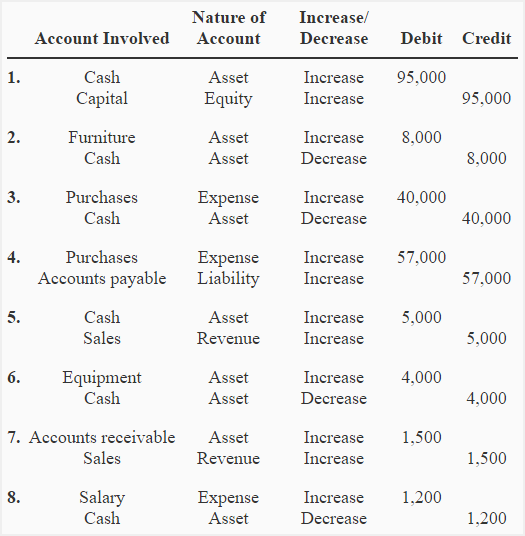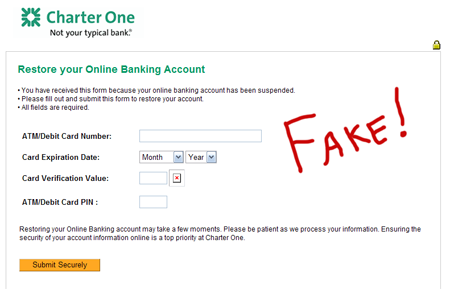Contents
Also, they are highly secure as they are issued by companies with high credit ratings. The paper can be issued in a form that promises an interest payment that is given at a discounted rate and redeemed at face value. However, the size of the note issued has certain limitations on it. The size of one issue and each lot is capped at Rs. 1 crore and above and Rs. 5 lakhs and above respectively.

In case any default has been occurred, then six months have elapsed from the date of repayment of defaulted obligation. Call option and/or put option is not permitted on CP; It is held in dematerialized form. CPs are safe instruments if you stick to the established blue chips.
thought on “What is a Commercial Paper?”
Corporates, primary dealers and the All-India Financial Institutions are eligible to issue CP. Prior approval of RBI is required before a company can issue CP in the market. We have seen how companies like IL&FS and DHFL borrowed short term funds through CPs and gave long term loans. CPs are generally not a retail product since the minimum investment of Rs5 lakh keeps most retail investors outside CPs. However, most retail investors who are invested in debt funds are indirectly exposed to CPs. CP can be issued to individuals, banks, companies, other corporate bodies registered in India and unincorporated bodies.
Normally, companies having classified NPAs in their fund-based limits cannot issue CPs. Resident Indians, NRIs and institutions are permitted to invest in CPs. A relatively new innovation in the commercial paper market is the backing of commercial paper with assets.

At present, CP can be issued in denominations of Rs.5 lakh or multiple thereof and amount invested by a single investor should not be less than Rs.5 lakh . Please read all scheme related documents carefully before investing. No Collaterals – CPs can be issued with any collateral so very less paperwork and formalities required. O the issuing company is cheaper than the loans of the commercial bank. In general, they are used to settle the debts that are short-term and also which are unsecured. If you don’t know it has been introduced to India only by 1990.
This is expected to not only make the procedure for issuance of CP less cumbersome, but would also ensure that there is no recurrence of irregularities in issuance of CP as were observed in the case of Bombay Dyeing. The Group discussed the implications of making CP a ‘stand-alone’ product. It was recognised that while making CP a ‘stand-alone’ product would certainly help in streamlining and simplifying the procedure for CP issuance, being a stand-alone product, it may also result in over-dependence of corporates on short-term funds. To avoid such a situation, the need for placing a ceiling on CP issuance was discussed. The Group recognises that the permission to FIs to issue CP would, however, be subject to the existence of enabling provisions in their respective statutes. Placing and trading is open to any authorised credit institution or investment firm.
Examine policy related, legal and structural factors inhibiting faster and healthy growth of the CP market. Market practice is to clear ECP transactions through Euroclear or clearstream. Internationally, no stamp duty applicable on CP issuances in USA, UK and France. The proposed amount shall be raised within a duration of two weeks from the commencement date of the issue and can be issued on a single date or on different dates in parts.
Some of these instruments are long term instruments like bonds which are issued for more than one year . Similarly, there are short term instruments like certificate of deposits and commercial papers which are issued to mobilise funds for short period of time like less than one year. A factor in the growth of the commercial paper market during the 1980s has been the rapid growth in the market for interest rate swaps.
What is a Commercial Paper?
The documents shall be submitted to IPA at least a day prior to the value date of the first deal under the same series. Commercial Paper is a short term debt instrument issued by Companies to raise funds for a time period of not more than one year. It is an unsecured money market instrument which is typically used to meet the short term funding requirements.
These funds are either in the form of their own cash reserves or bank lines of credit. Rating agencies require evidence of short-term liquidity and will not issue a commercial paper rating without it. The highest-rated issuers can maintain liquidity backup of as little as 50 per cent of commercial paper outstanding, but firms with less than a high A1-P1 rating generally have to maintain 100 per cent backup. RBI requires above data/information for reviewing the developments in money market and for the purpose of monetary policy formulation.

According to the Commercial paper definition, this unsecured promissory note comes along with a set maturity and is issued by All India Financial Institutions and Primary Dealers . I) The issuer may avail credit enhancement facility from any bank or financial institution in the form of stand-by assistance or back-stop facility for the CP issuance. The issuer may enter into an agreement with the bank https://1investing.in/ or financial institution for the same. After issuance of IPA certificate, issuer shall send such certificate along with Corporate Action Form to RTA and Depository for the purpose of allotment of CPs. The RTA will issue instruction to credit the securities account. On receipt of funds, IPA will pass delivery instructions to its Depository Participant to transfer the securities to investor’s account.
However, 1993, it was noticed that bankers were providing stand-by facility in a manner which amounted to extending a guarantee for redemption of commercial paper. Therefore, banks were advised to ensure that the stand-by arrangement provided to the issuer of a commercial paper was strictly in accordance with the guidelines prescribed. Institutional investors, such as mutual funds and insurance companies, are buyers of commercial paper. This is a common funding mechanism large businesses use for short-term debt commitments such as current liabilities, operations, monthly payments, and taxes. CP is an unsecured money market instrument issued in the form of a promissory note.
In India, with full fledged operationalisation of RTGS, it would be possible to issue CP on T+1 basis. In that case, the minimum maturity period of CP could be reduced feature of commercial paper to at least 7 days. However, given the stamp duty structure, there would be incentive on the part of issuers to issue in the region of 90-day CP to minimise the cost .
What is Commercial Paper? Definition, Types
The amount is paid in cash and not in the form of dividends or assets. Commercial papers are traded at the money market and are issued for a short tenure with a set maturity date. On 27th March 1989, commercial paper in India was introduced by RBI in the Indian money market. It was initially recommended by Vaghul working Group on the basis of the following points. – These are often known as Asset-backed commercial papers wherein it is backed by physical assets like trade receivables, etc. IDBI Bank acts as Issuing and Paying Agents for our clients wishing to raise commercial papers.
Commercial paper outstanding grew at an annual rate of 14 per cent from 1970 to 1991. CP issuers maintain access to funds that can be used to pay off all or some of their maturing CP and other short-term debt. These funds are either in the form of their own cash reserves or lines of credit from banks.
A third requirement for exemption is that proceeds from commercial paper issues be used to finance “current transactions”, which include the funding of operating expenses and the funding of current assets such as receivables and inventories. Proceeds cannot be used to finance fixed assets, such as plant and equipment, on a permanent basis. The SEC has generally interpreted the current transaction requirement broadly, approving a variety of short-term uses of commercial paper proceeds. Proceeds are not traced directly from issue to use, so firms are required to show only that they have a sufficient “current transaction” capacity to justify the size of the commercial paper program . Firms are allowed to finance constructions as long as the commercial paper financing is temporary and to be paid off shortly after completion of construction with long-term funding through a bond issue, bank loan, or internally generated cash flow. In this connection, the various alternatives for placing a cap on CP issuance such as linking it to current assets, net owned funds and working capital gap were debated.
At present, for issuance of CP approval or NOC is required from the Financing Banking Company. This NOC/approval is valid for a period of two weeks from the date of its issuance. Furthermore, rating for the issuance of CP has to be current and not more than 2 months old. Market participants perceive these stipulations as impediments to the development of CP market. There had been sluggishness in the off-take of non-food credit during this period and banks therefore, deployed their resources in short-term instruments. However, rating may be obtained from a rating agency expressly mentioned in the list established by the French Ministry of Economy and Finance.
- It is, therefore, suggested that in the interest of healthy development of CP market, banks may be allowed to offer stand-by line of credit for issuance of CP.
- Such a punitive measure would ensure that corporates do not misuse the flexibility given to them.
- Swaps provide issuers with flexibility to rapidly restructure their liabilities, to raise funds at reduced costs, and to hedge risks arising from short-term financing programs.
- The entry criteria for issuance of CP have been relaxed considerably over the years.
The Group, further recommends that banks’ decision whether to offer or not to offer a stand-by line of credit should entirely depend upon their own commercial judgement and should be with the prior approval of their Board. This may also form part of the single/group borrower limits fixed by the RBI. It is further recommended that the banks should have discretion to decide both the quantum of stand-by line of credit, as also the fee to be charged on the same.
Advantages of Commercial Paper
The financing banking company, after satisfying that the issuing company fulfils the eligibility criteria takes the proposal on record. The issuing company thereafter makes arrangements for privately placing the issue and has to ensure that it shall completes the issue of CP with in the period of two weeks. Once the CP is issued, the financing banking company makes arrangements for reducing the working capital fund based limit to the extent of the amount of CP issued. The issuing company has to advise the RBI through its financing company the amount of CP actually issued with three days from the date of completion of the issue. During the course of both issuances of CP and redemption of CP, it has often been the experience that IPA has to provide intra-day liquidity to both the investors and issuers at two different stages. At the time of issuance, investors present pay orders/bankers’ cheques to the IPA which are presented to high value clearing for which funds are actually available only in the evening.
More Under Finance
It is normally issued at a discount and redeemed at par with the difference being the implied yield. Asset-backed commercial paper is issued by a company, called a special purpose entity, which purchases receivables from one firm or a group of firms and finances the purchase with funds raised in the commercial paper market. The sole business activity of the special company is the purchase and finance of the receivables so the risk of the company and the commercial paper it issues is isolated from the risk of the firm or firms which originated the receivables. A relatively new innovation in the CP market is the backing of CP with assets. The risk of most CP depends on the entire firm’s operating and financial risk.